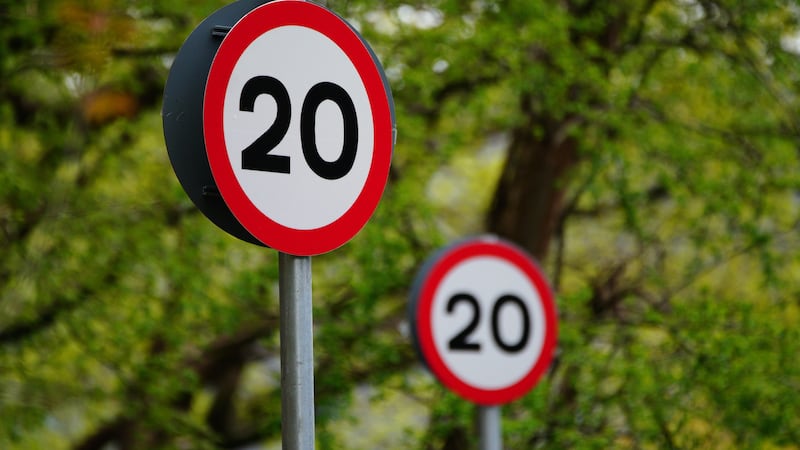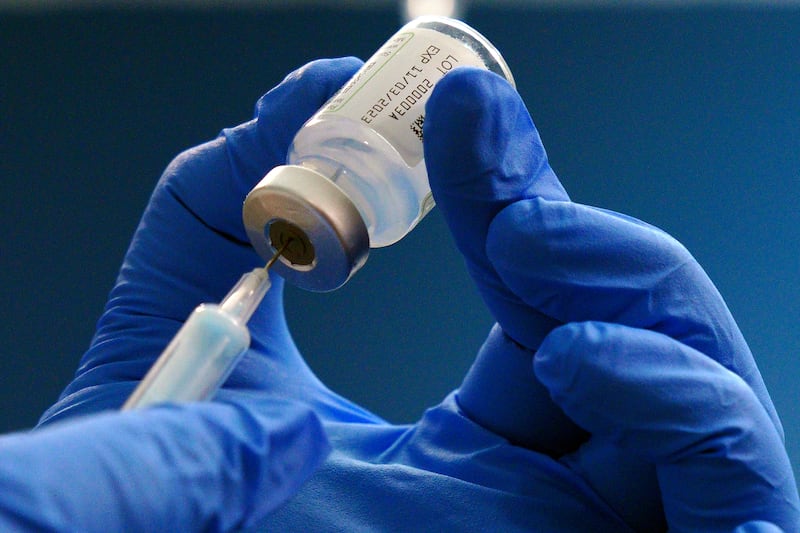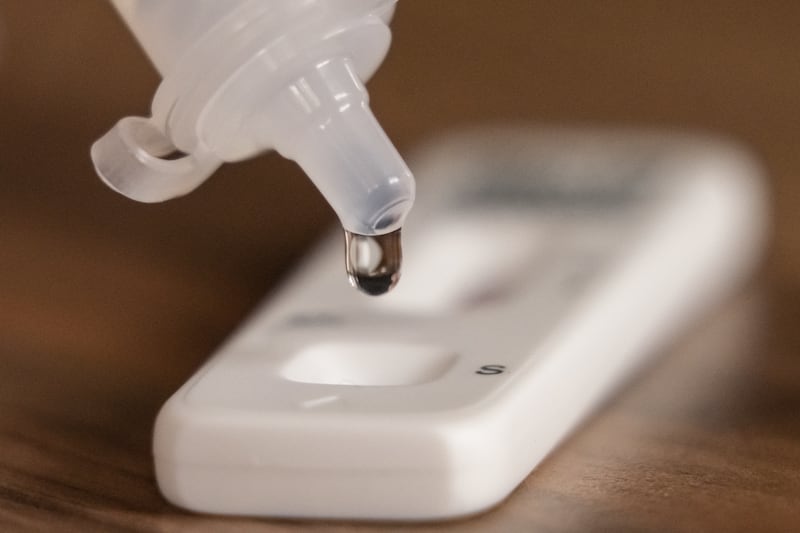RESTRICTIONS imposed on people during this lockdown period are part of efforts by both the Irish and British governments to `flatten the curve' of coronavirus infections.
The nature of how Covid-19 spreads means health services expect a 'surge' of cases requiring intensive care and life support.
Efforts being made now through social distancing, self isolation and hand washing aim to reduce the number of critically and fatally ill patients requiring care at any one time in order for them to be given the best treatment possible.
That means the distressing numbers of deaths reported will continue to rise, despite the care being taken now by individuals to stop the spread.
Dr Connor Bamford, virologist at Queen's University Belfast's Wellcome-Wolfson Institute for Experimental Medicine, said cases will not "level off" (or flatten) until the middle of April.
Coronavirus: Belfast lawyer Niall Murphy in induced coma and on a ventilator
"The numbers will continue to grow - deaths and confirmed cases - as there is a significant lag between getting sick and seeing effects of lockdown," he said.
"Lockdown only coming in this week means you will have any infections during the last two-three weeks leading to people getting sick and dying.
"The deaths will increase over next two-three weeks before they level off and hopefully new deaths (per) week decreases."
Large parts of Europe are now under lockdown or using social distancing measures to stop the spread and Germany is hoping to become the first European country to flatten the curve with the infection rate predicted to slow down this week.
Health expert issues Covid-19 trauma care warning
Dr Bamford said lack of comprehensive testing in the north means the number of deaths being recorded is more significant to the effectiveness of attempts to flatten the curve than overall `confirmed cases' which are "likely a large underestimate of true numbers".
"Many people do not get that sick and are simply not being tested as there is limited capacity on who to test currently.
"Looking at numbers of deaths will give a more accurate reading of how the epidemic is spreading but there is (that) two-three-week lag with deaths only.
"We are looking not to breach the numbers of critical care beds, ventilators, oxygen supply and health care workers."
The virologist said it is essential that people continue to social distance in coming weeks.
"The epidemic is happening at different rates in regions of the UK with England having faster rise in cases and deaths than Scotland or Northern Ireland.
"However, there remains the real risk that numbers in all regions will look like Italy and Spain, where there's a very large increase that appears to have overwhelmed the health system.
"We will reach the similar fate if nothing is done, however, as we have taken up social distancing - and if people adhere to it - it is hoped that this will lessen the numbers substantially but only if we continue doing it.
"If we don’t continue distancing then we can and will end up like Italy, Spain and the US."








